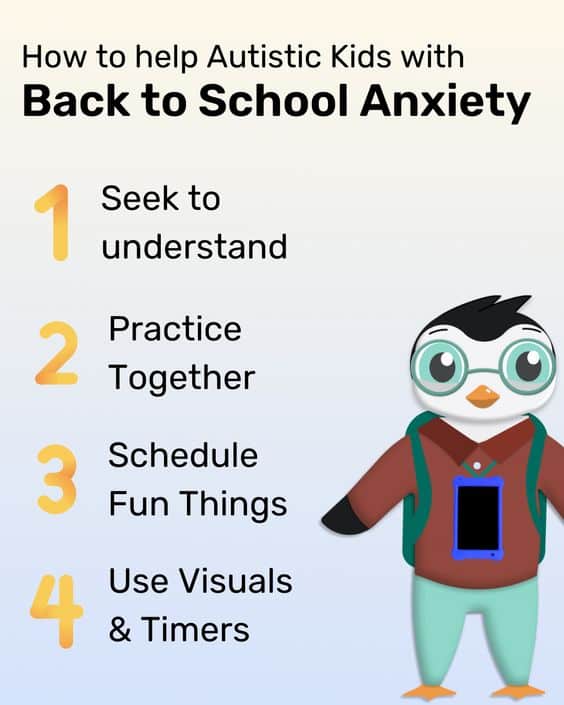Autism in the courtroom refers to legal proceedings involving individuals with Autism Spectrum Disorder (ASD). Navigating the legal system can be challenging, especially for those with ASD. To ensure a fair outcome, accommodations must be made. Here’s how autism in the courtroom works:
- Criminal Trial: Defendants with ASD may request accommodations like written instructions, reduced sensory distractions, and breaks to alleviate anxiety and sensory overload.
- Child Custody Case: Parents with ASD may struggle to communicate their wishes. Accommodations may include a communication device or an intermediary to assist in conveying their needs.
- Special Education Hearing: Accommodations like simplified language, visual aids, and extra time to process information are provided to individuals with ASD.
- Witness Testimony: Witnesses with ASD may have difficulties with eye contact, interpreting nonverbal cues, and recalling details. Accommodations include a less intimidating location, clear language, and breaks.
Legal professionals should be aware of these challenges and provide appropriate accommodations. By promoting the rights of individuals with ASD, the legal system ensures equal access to justice. Goally, a tablet that helps kids build life and language skills through fun apps, including digital visual schedules and AAC, can also support individuals with ASD in their daily lives.
This post was originally published on May 3, 2023. It was updated on July 14, 2023.















